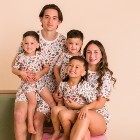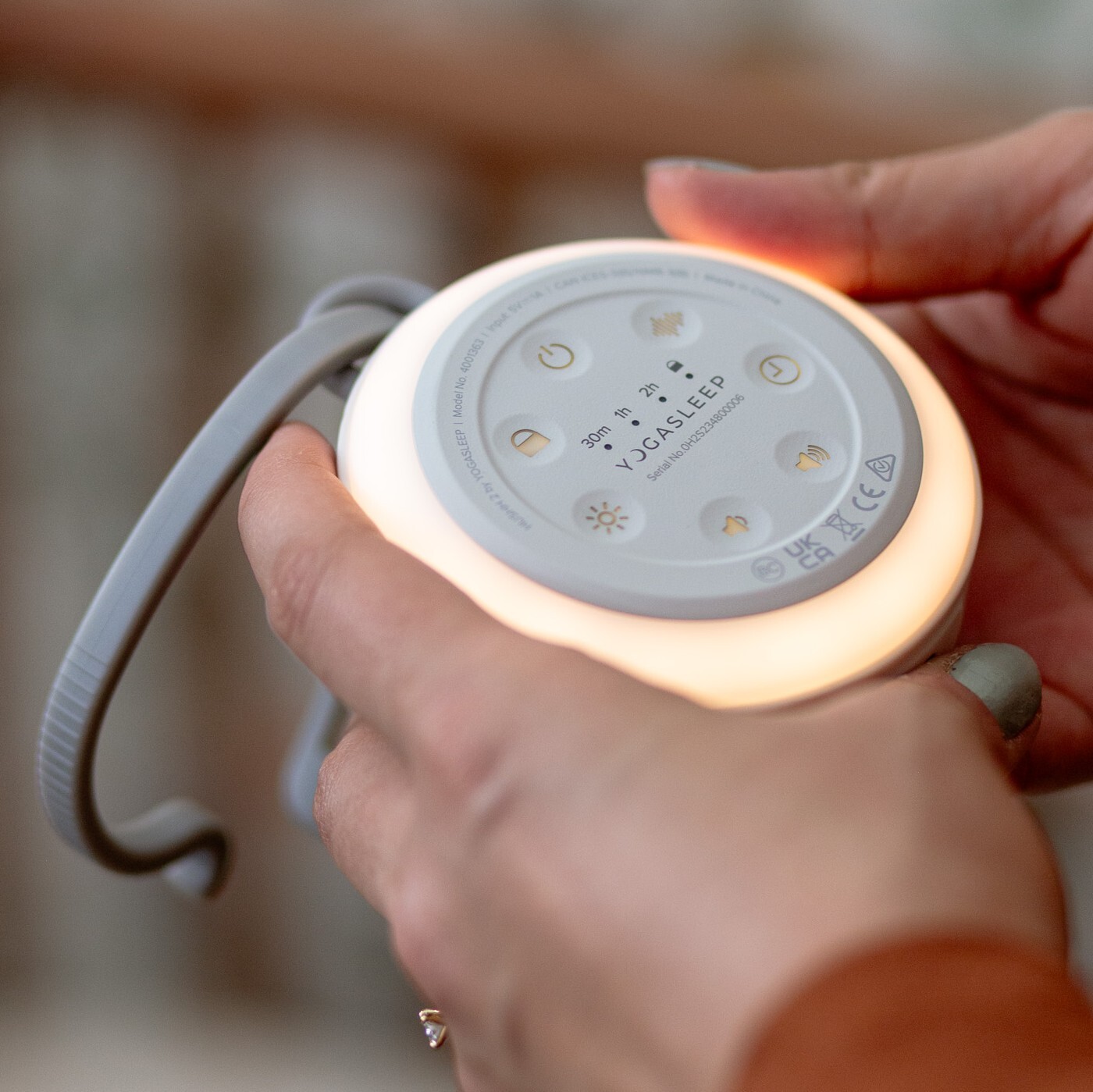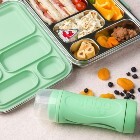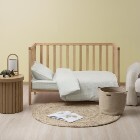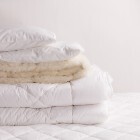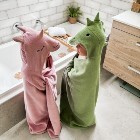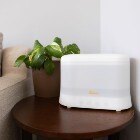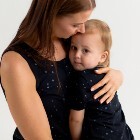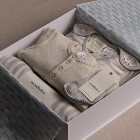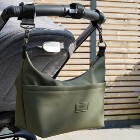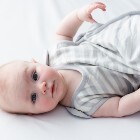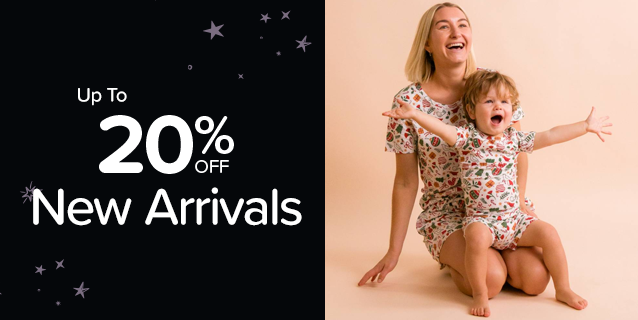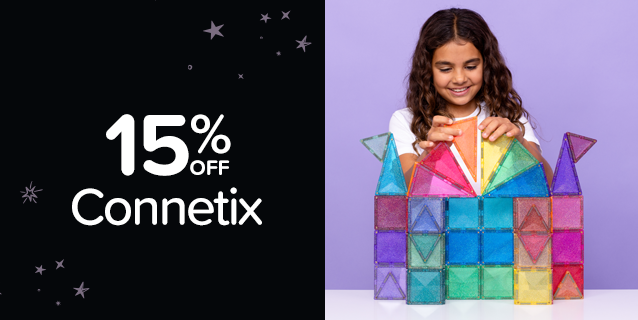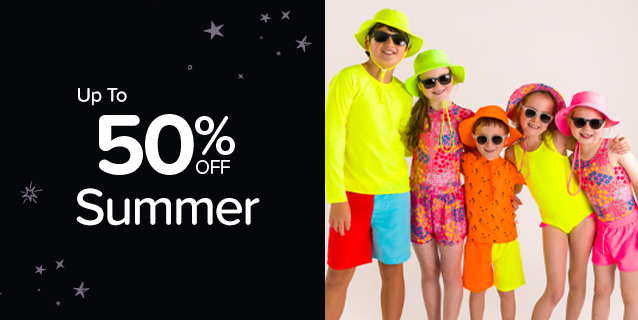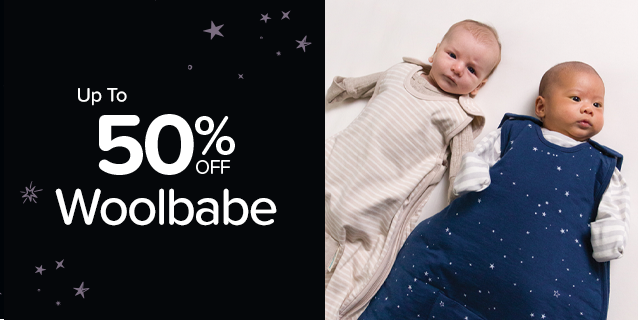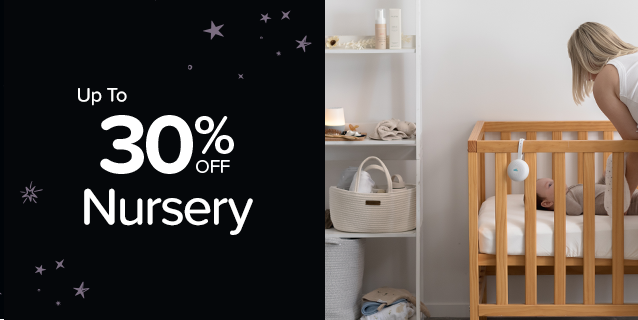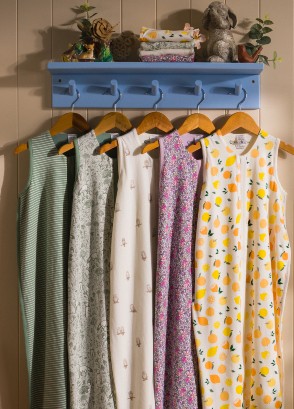A TOG (Thermal Overall Grade) essentially measures how much a particular fabric insulates and is roughly equivalent to a layer of clothing or a light blanket. Many sleeping bags use the European TOG rating system to indicate how warm the sleeping bag is and what season they are suitable for. The higher the TOG, the warmer the sleeping bag.
Summer sleeping bags are usually 1.0 or under, depending on where you are and the temperature range in your child's bedroom. Generally speaking a 0.6 tog or lower is ideal for high summer with room temperatures of 25 degrees or above. A 1.0 tog bag is usually suitable in between seasons or room temperatures between 20 -24 degrees Celsius.
When room temperatures can vary between 16-20 degrees a 2.5 tog rated bag is a good solution. It's important to keep baby cool and avoid overheating, after all, they can't simply throw off their sleeping bag if they get too hot. We always recommend natural breathable fibres for clothing and pyjamas, and in particular, merino as it can help with temperature regulation.
A number of external factors determine the tog rating of the sleeping bag that should be used. These include the quantity of clothing the baby is wearing, the temperature of the infant’s bedroom, the baby’s health and the amount of bedding necessary to keep an individual infant warm – this may vary, as it does for adults.
Many sleeping bags that we stock come with a free nursery thermometer to help you select which tog baby sleeping bag to use and what sleepwear to put your baby in.
Are 0.1 tog rated bags much cooler than 0.5 tog rated bags?
We don't think there is a noticeable difference between these two ratings, particularly when comparing tog rating across brands. It's always important to check your baby regularly to ensure they do not overheat.
The guide below gives you an idea of what tog rating or what weight of merino bag is recommended for which range of temperatures. It's important to note, this is a guide only. If your baby is red and sweaty, they are likely too hot, so remove a layer. If your baby feels cold to the touch (at the back of their neck or on their chest), add a layer.


